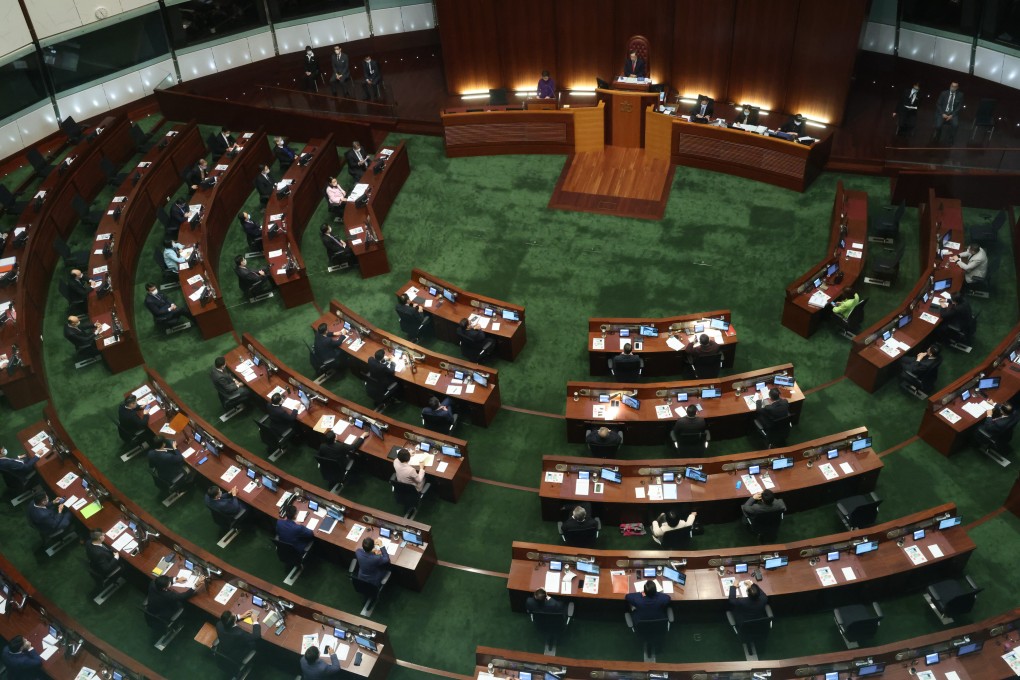Editorial | Delivering results is key if restructure of bureaus is to succeed
- Proposed revamp of governance will win support, but the real test lies in whether it makes the lives of citizens any better

Hong Kong’s core governance structure may be due for the most sweeping overhaul in 15 years. The expanded ministerial framework put forward by Chief Executive Carrie Lam Cheng Yuet-ngor for the next administration is being promoted as conducive to policy innovation and effective governance. How to ensure this will be the case shall be the focus when the details are put to scrutiny in the new legislature.
The proposals include creating a new Culture, Sports and Tourism Bureau, separating housing and transport into independent bureaus, transferring the food portfolio from the health minister to the environment chief for better synergy and renaming the home affairs and innovation and technology bureaus, with the former putting stronger emphasis on youth development while the latter takes on re-industrialisation to help drive the economy. The realignment, subject to the endorsement by the chief executive to be returned in late March and approval by lawmakers for the relevant legislative changes and additional expenditure, will see the number of policy bureaus expanded from 13 to 15 starting from July 1.
When the issue was revived by Lam following an apparent change of heart last year, the Post called for better explanation on how a reshuffle will enable the new government to tackle some long-standing challenges more effectively. The position is still held by many in the community. This is not just because the bureaucracy is to become even more bloated as a result and cost taxpayers HK$32 million (US$4 million) more a year. The approach of the chief executive race is also making public discussion more politically charged.
The restructuring bid is not the first of its kind. But the attempt by Donald Tsang Yam-kuen in 2012 for his successor Leung Chun-ying was forced to be shelved because of opposition filibusters. Leung later managed to set up a new innovation and technology bureau, with another proposed bureau for culture unaccomplished. Lam shied away when asked about the plan in 2018, but made a surprise relaunch last year. Whether it is related to the election remains to be seen. But as long as it could put the new government on a stronger footing, there is no reason why it cannot be pursued.
Having helmed the 190,000-strong bureaucracy for almost five years, Lam knows well that “one cannot make bricks without straw”. But putting the right framework in place is just the means. Getting the right talent for the job is no less crucial. While the overhaul is unlikely to face strong resistance in a “patriots-only” legislature, the government should make a convincing case for the change. This is especially important as the revamp is set to raise expectations for better results in resolving the city’s long-standing problems.
